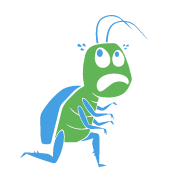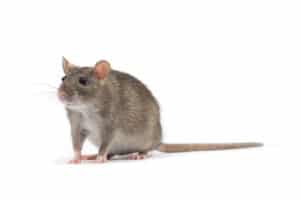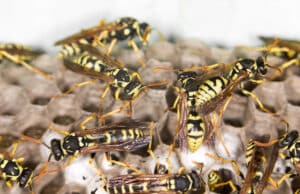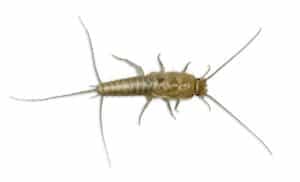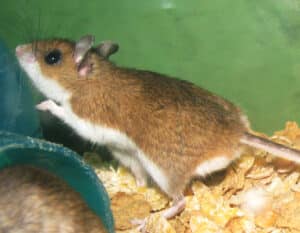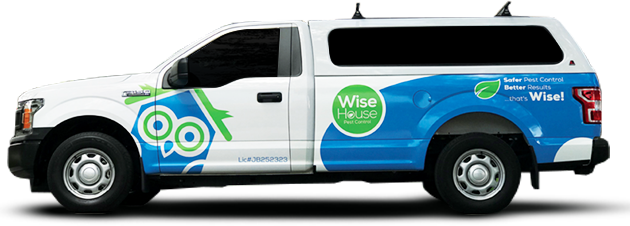White Footed Ants
Technomyrmex difficilis
Pest Stats

Color
Black to brownish-black body with distinctive yellowish-white tarsi, or "feet," giving it its common name.

Size
Medium-small species, measuring approximately 2.5 to 3 mm in length.

Shape
The ant's waist consists of a single segment, and it lacks a sting.

Region
Found in Florida, Georgia, South Carolina, and Louisiana, as well as on several West Indian islands.
What is a White-Footed Ant?
The white-footed ant (Technomyrmex difficilis) are small insects with a distinct appearance, characterized by their dark bodies and pale, yellowish-white feet. Originally native to the Indo-Pacific region, they have established themselves as a troublesome pest in many parts of the United States, particularly in warm climates like Florida. Known for their massive colonies that can reach millions of individuals, these ants commonly nest above ground in trees, shrubs, leaf litter, and within man-made structures like attics and walls.
What Does the White-footed Ant Look Like?
White-footed ants are small, measuring about 2.5 to 3 millimeters in length, with dark brown to black bodies and pale, yellowish-white feet that give them their name. Their antennae are segmented, and they lack a sting, making them less aggressive than some other ant species. These ants are easily identified by their unique coloration and compact size, which helps them blend into their natural environment. Their diet primarily consists of sweet substances, such as plant nectars and honeydew, making them frequent invaders of homes. Although they do not sting, bite, or cause structural damage, their sheer numbers and relentless foraging can make them a significant nuisance.
Similar Ants
- Ghost Ants (Tapinoma melanocephalum)
- Argentine Ants (Linepithema humile)
- Odorous House Ants (Tapinoma sessile)
Biology of White-footed Ant
White-footed ants are small, dark-bodied insects with pale yellowish-white feet that give them their name. They reproduce quickly, with colonies often containing millions of individuals, including workers, queens, and males. Unlike many ants, they do not engage in food-sharing behaviors; instead, workers lay trophic eggs to nourish the colony. These ants thrive in warm, humid environments, nesting in trees, leaf litter, or within man-made structures, and are primarily nocturnal in their foraging activities.
Habits of White-footed Ant
White-footed ants are known for forming massive colonies, sometimes numbering in the millions. They commonly build their nests in moist, elevated locations, such as under leaf litter, in tree crevices, or inside wall voids and attics. Active primarily at night, these ants are drawn to sweet foods like nectar and honeydew, often venturing indoors in search of sustenance.
Unlike many other ants, they do not share food through direct transfer; instead, non-foraging workers lay specialized eggs to feed the rest of the colony. While they do not cause structural damage or pose physical threats, their large numbers and persistent foraging can become a significant household nuisance.
Foraging and Feeding of White-footed Ant
Management of White-footed Ant
White-footed ants are difficult to eliminate due to their large colonies, but baiting is the most effective method. Identifying all populations and keeping fresh bait available is key to success. While bait toxicants don’t transfer between workers, they reduce colony size by starving the brood. Insecticidal sprays on vegetation can also help by removing honeydew-producing insects.
Ants often enter attics through soffit vents, but since attics lack food, placing baits along exterior trails can draw them out. Trimming trees and shrubs that touch the structure prevents ants from using them as bridges, and overhanging branches should be pruned to stop reinfestation. For severe infestations, professional pest control is recommended.
5 Ways to Prevent White-footed Ants in Your Home

Seal Entry Points
Inspect your home's exterior for cracks, gaps, and openings, especially around windows, doors, and utility lines. Use caulk or weather stripping to seal these potential entryways, preventing ants from gaining access.

Eliminate Moisture Sources
Keep your living spaces, particularly the kitchen and dining areas, free of food crumbs and spills. Store food in airtight containers and promptly clean up after meals to eliminate attractants for white-footed ants.

Trim Vegetation
Ensure that tree branches, shrubs, and other vegetation do not touch your home's exterior, as ants can use these as bridges to enter. Regularly trim plants and maintain a clear perimeter around your house.

Address Moisture Issues
White-footed ants are attracted to moist environments. Fix leaky pipes, faucets, and ensure proper drainage around your home to reduce moisture levels that may attract these pests.

Eliminate Outdoor Nests:
Regularly inspect your property for ant nests in mulch, leaf litter, or under stones. Removing these nests can help reduce the likelihood of indoor infestations.
Need Help Getting White-footed Ants?
If you're dealing with a White-footed Ant infestation in South Florida, professional pest control services can help identify nesting sites and implement effective treatment strategies. Contact a licensed exterminator to protect your home or business from these invasive pests.
Contact Wise House Environmental Services at 1-800-283-1559 for more information and a free quote on ant control services.
5 Strategies to Prevent White-footed Ants from Invading Your Home
By adopting these strategies, you can create an environment that is less inviting to white-footed ants and keep your home pest-free.

Eliminate Honeydew-Producing Insects
White-footed ants are attracted to the honeydew secreted by pests like aphids, mealybugs, and scales on your plants. By controlling these insects, you reduce the food source that draws ants to your property.

Use Non-Repellent Insecticides
Applying non-repellent insecticides around your home's perimeter can be effective, as ants unknowingly cross treated areas and carry the toxin back to the colony, impacting a larger portion of the population.

Apply Ant Baits Strategically
Place ant baits along foraging trails and near entry points. Since white-footed ants don't share food directly, using both liquid and granular baits can target different feeding preferences within the colony.

Minimize Moisture
Fix leaks, improve ventilation, and address areas of high humidity in and around your home. Dry environments are less appealing to white-footed ants, making your property less likely to attract them

Don’t Leave Pet Food Out Overnight
If you have pets, avoid leaving their food out overnight. Ants are attracted to pet food, so clean up any leftover food, or place pet dishes in a shallow tray of water to create a barrier.
Our Customers Love Us!
See What They Are Saying


- Michael C.

- John U

- Benjamin N.

- Bob G.

- Aaron C.

Dedicated To Being The Pest Control Company You Can Rely On
Request a professional estimate!
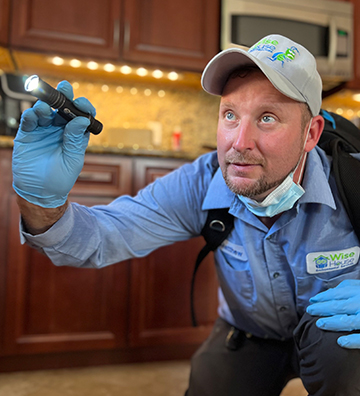
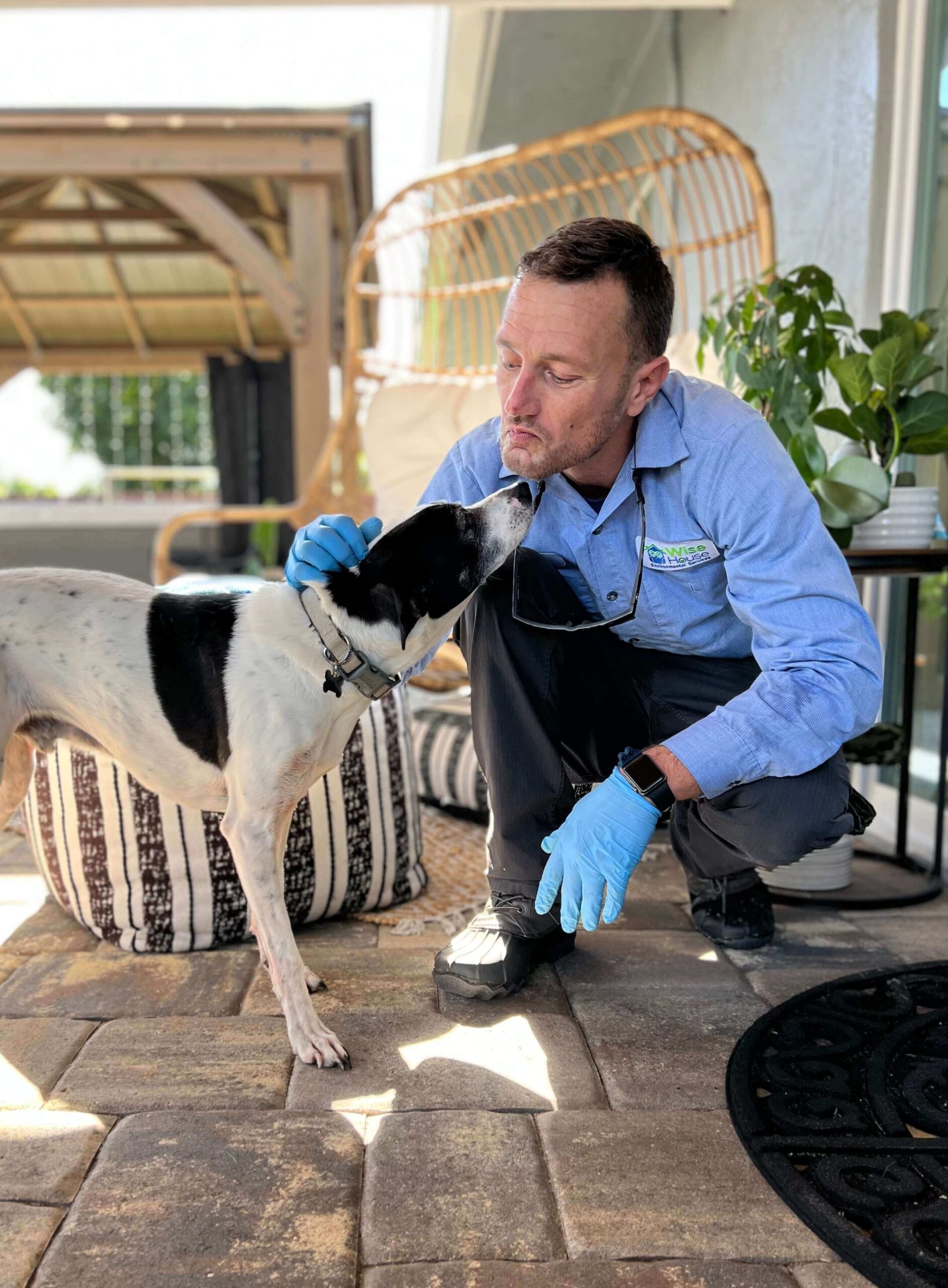
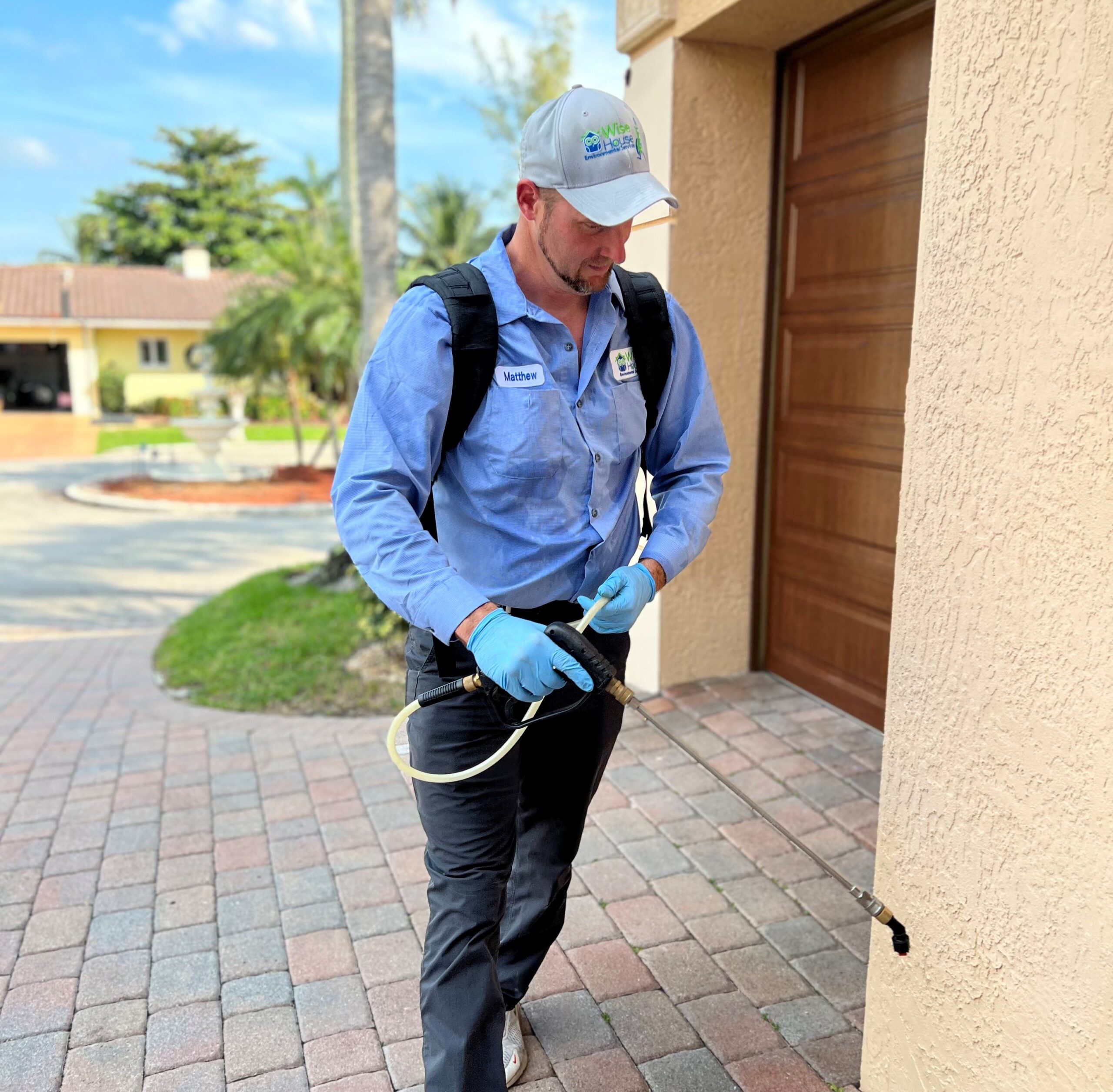
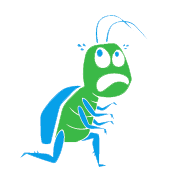
Request a Profesional Ant Quote!
Get an estimate!



